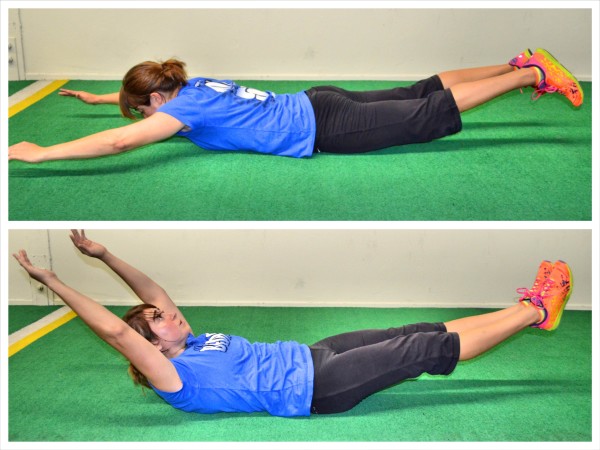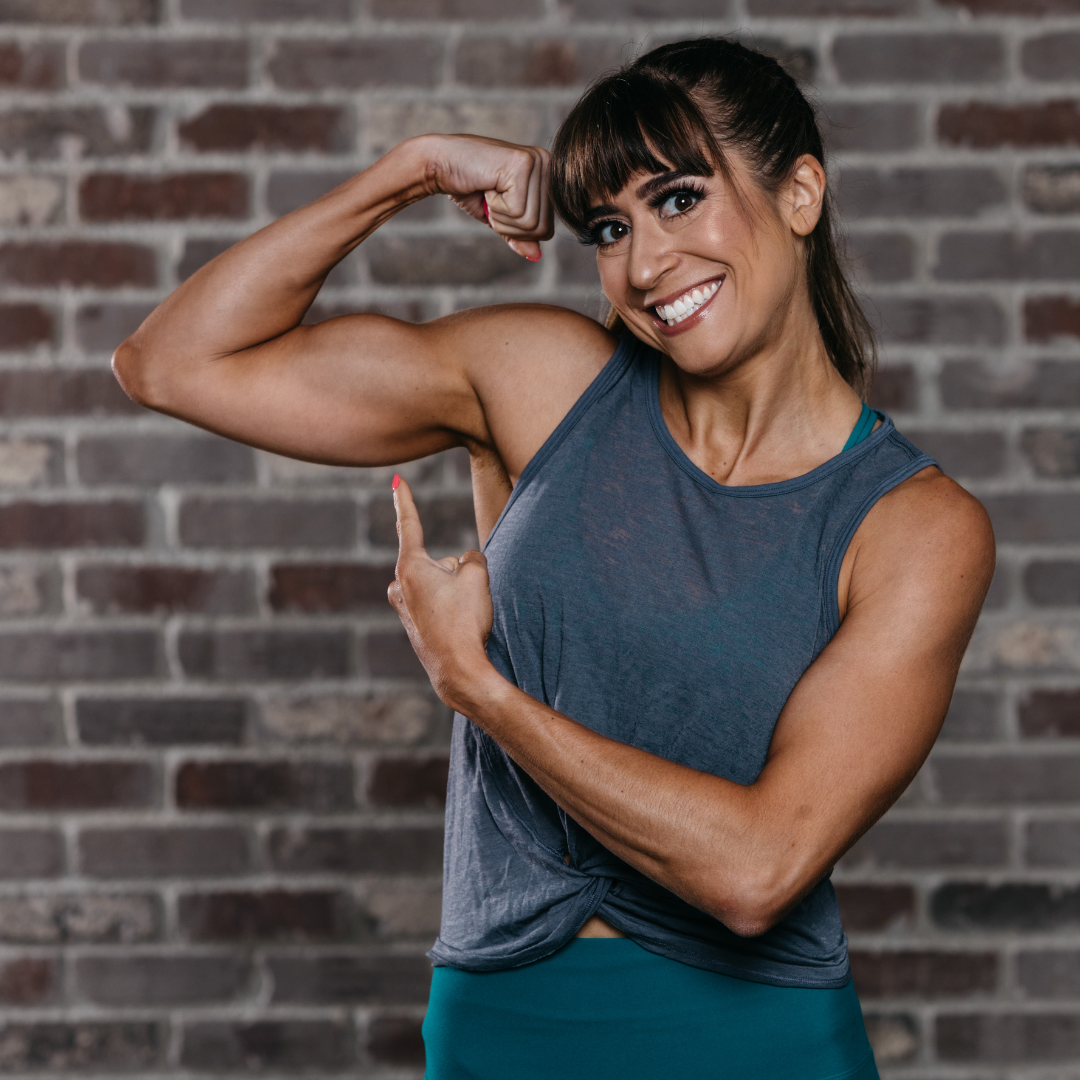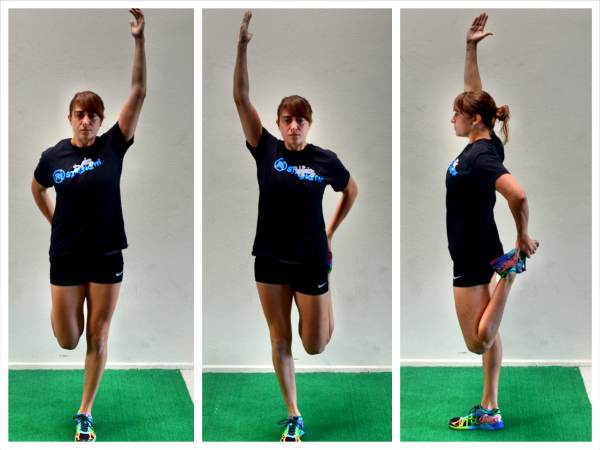

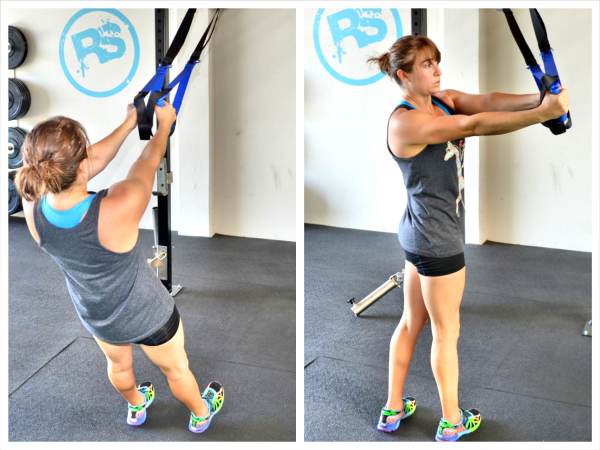
Suspension Trainer Interval Workout
This content is for members only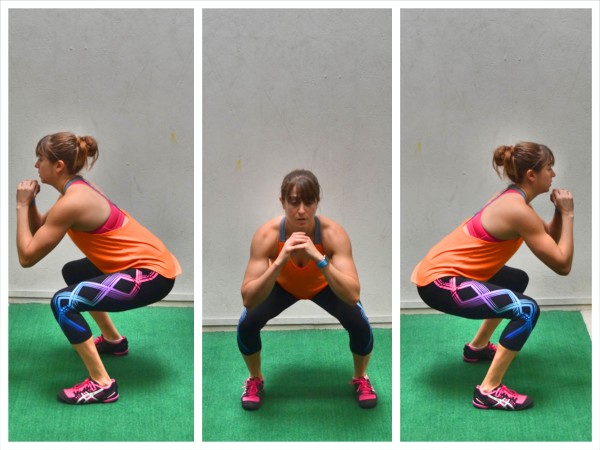
The Badass Bodyweight Blast
This content is for members only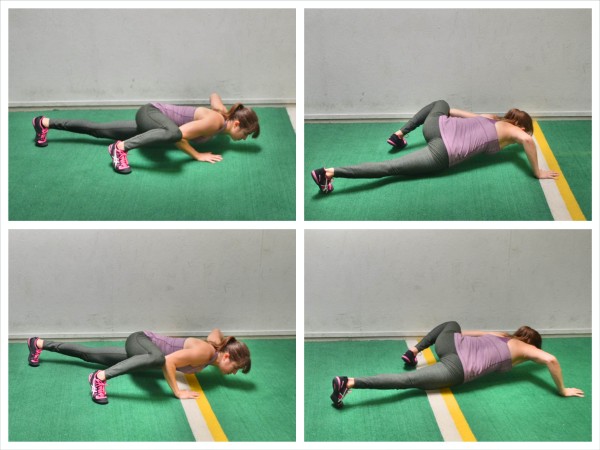
The Badass Bodyweight Workout
This content is for members only